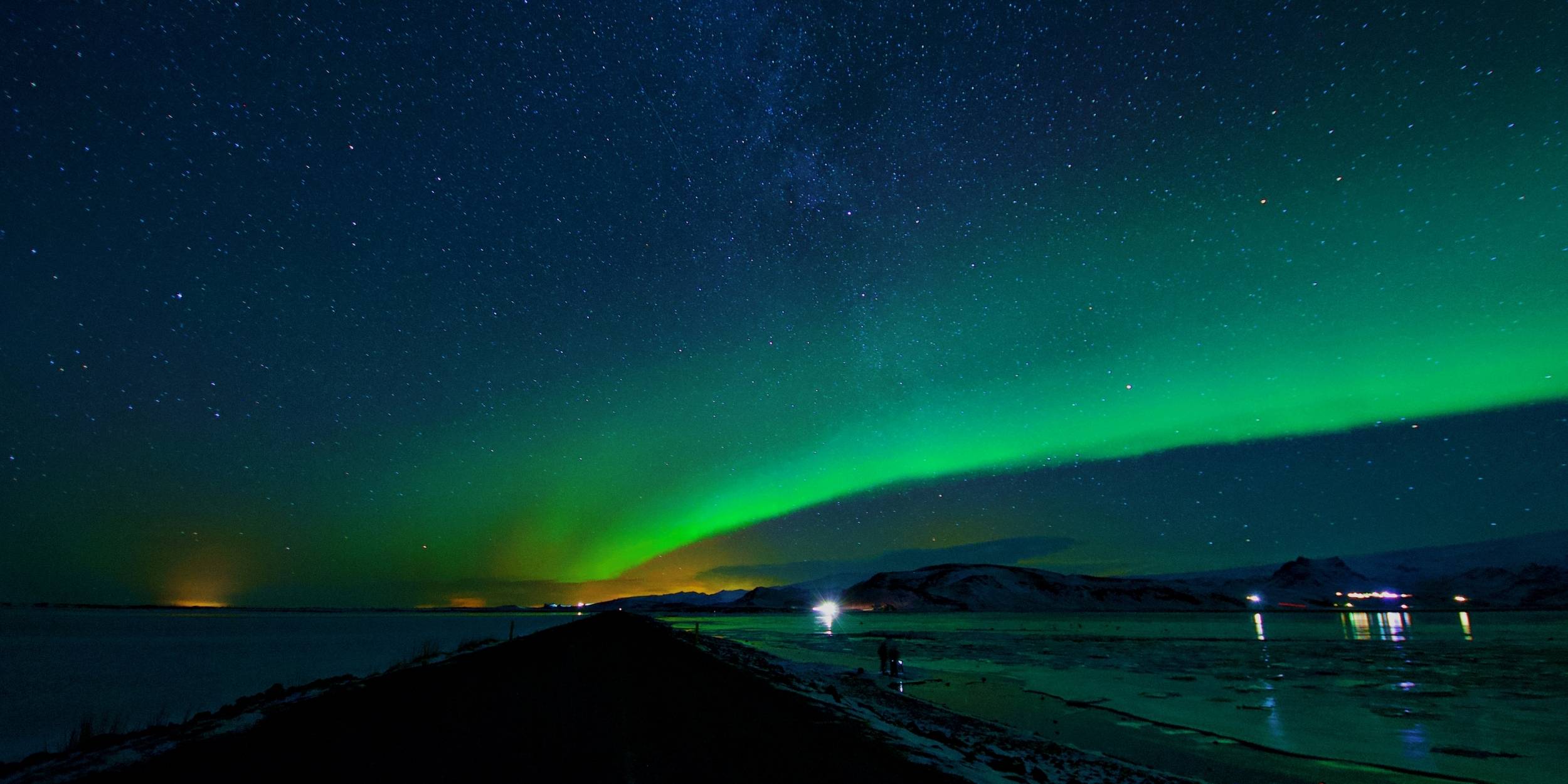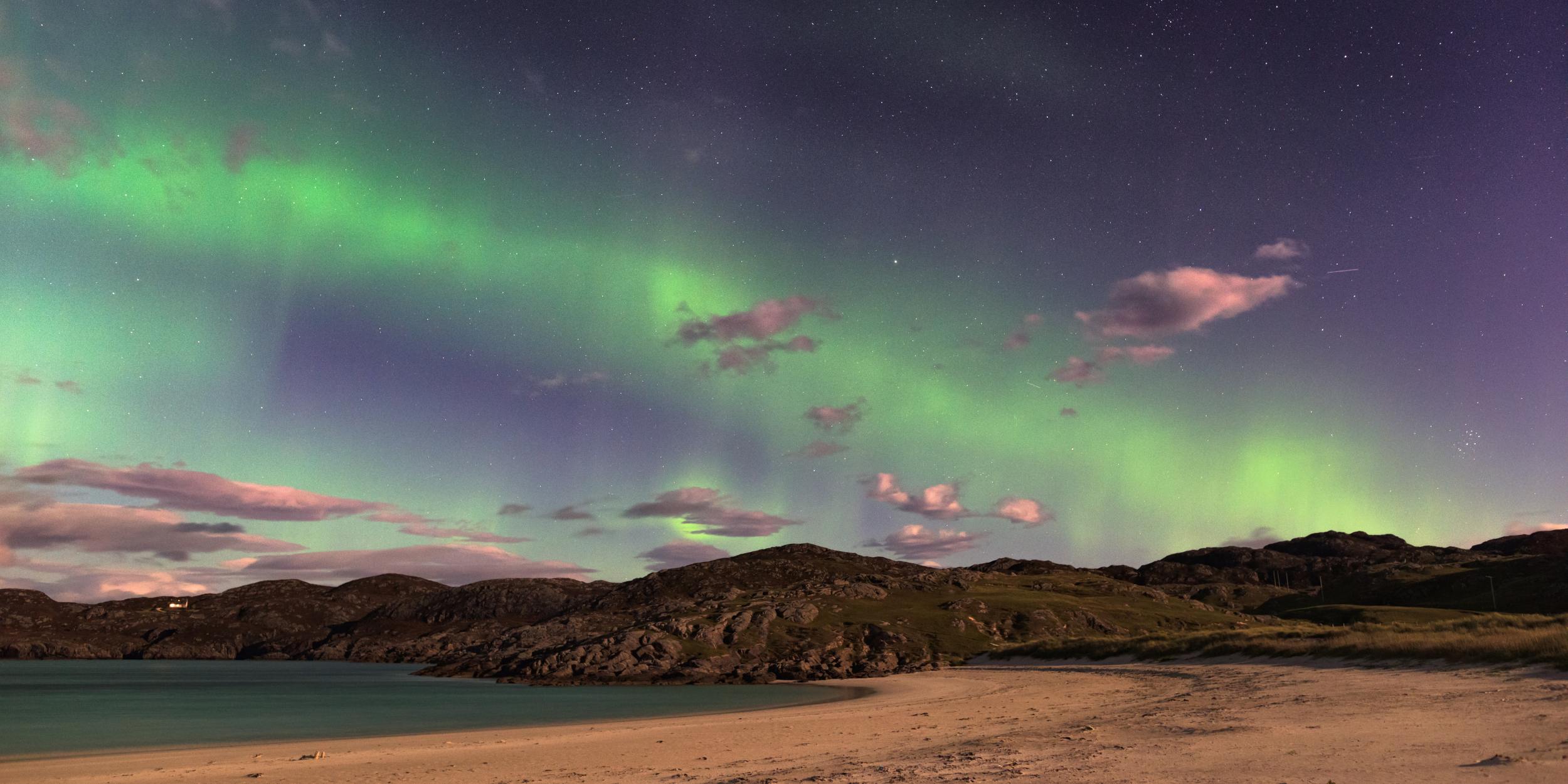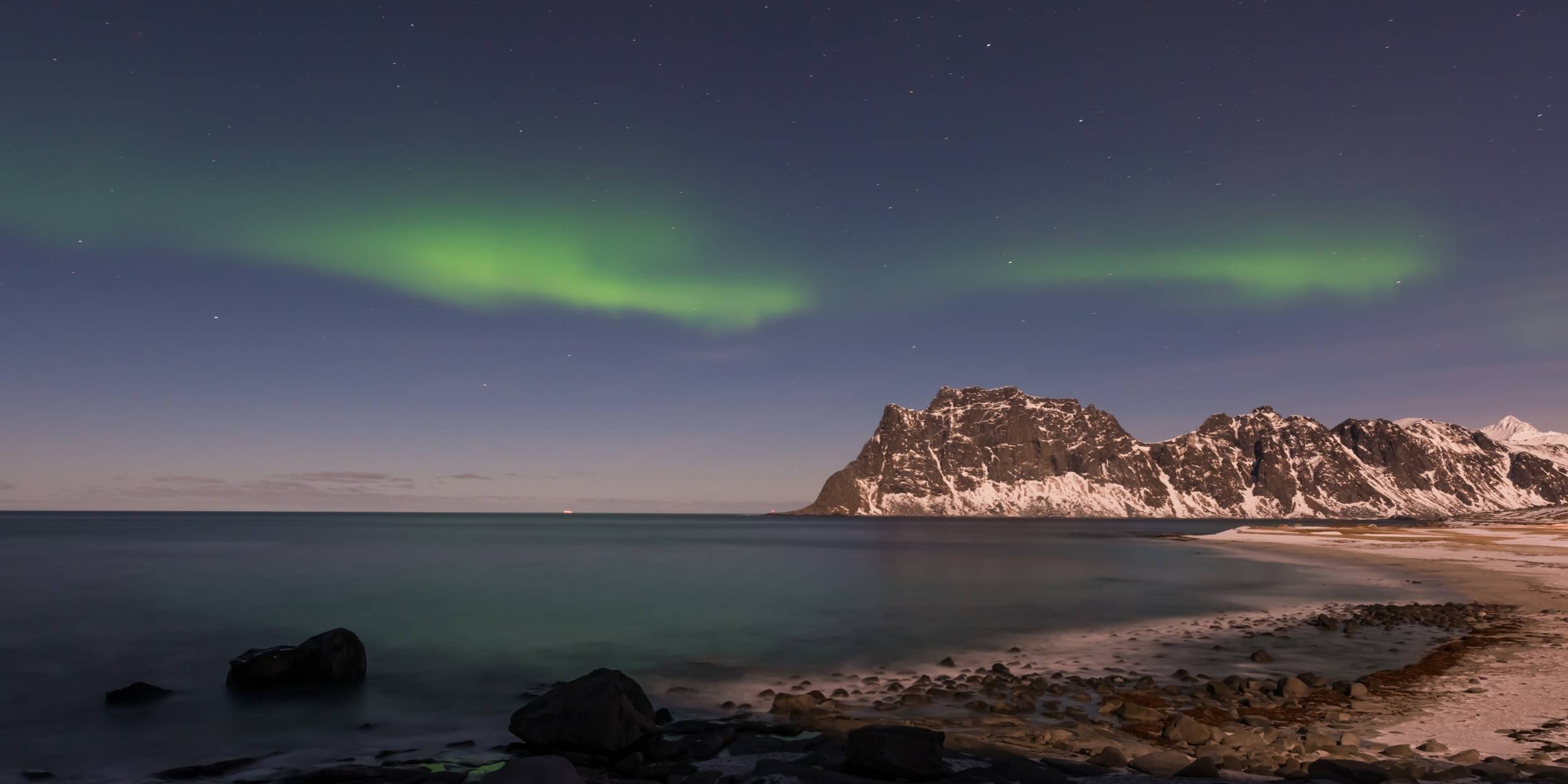
I get it. A couple of years back I bought a Patagonia soft zip up sweater on sale. It’s salmon pink and completely clashed, at that time, with my all black ensemble. Like it seriously stood out and not necessarily in a good way. But I can tell you right now, it is one of the warmest sweaters I own and now I wear it proudly, the only colour item in my fit, most of the time.
This is a brand where it is really hard to find fault. At PLEB, we always try and remain neutral with our reporting and are super careful to make sure we don’t greenwash anything. But with Patagonia we went deep on the research and there is only one aspect that could possibly be improved in relation to the environment: the use of non-renewable materials. While the use of said materials is slowly being phased out, they are still being used in production, albeit on a smaller scale than many other outdoor wear clothing brands.
Overall, Patagonia stands out as a showcase of what’s possible when a brand genuinely commits to doing good. But more than that, it’s updated corporate structure could also be a guide for how to run other corporate businesses that has revenue in the billions. We’re not saying it’s perfect, but out of all the models we have researched, it’s pretty hard to find fault in it. The CEO even said that he can see how structures like the one they chose for Patagonia could be used for nefarious activities. But due to their transparent reporting it looks like patagonia is one of the good ones.
Let’s take a stroll down memory lane and look at the history of Patagonia. Don’t worry if you’re not a history buff, we’ll keep it brief. As a brand, Patagonia was founded in 1973 by Yvon Chouinard, and has evolved from a humble outdoor clothing company into a global leader in environmental activism and ethical business practices. Its name is almost synonymous with sustainable fashion, but even a brand with such a strong ethos isn’t without its contradictions. We’ll get to that later.
At its core, Patagonia has built its reputation on a commitment to quality, durability, and environmental responsibility. Its famous Don’t Buy This Jacket campaign urged consumers to think twice before purchasing, setting a standard for promoting conscious consumerism. More recently, Patagonia made headlines when Chouinard announced that the company would transfer ownership to a trust and nonprofit, ensuring profits are reinvested into protecting the environment. It’s a move that feels revolutionary and sets a new precedent for corporate responsibility.
But while Patagonia is often hailed as a gold standard in sustainable fashion, a closer look reveals areas where they could push even further. For example, while their use of recycled materials is impressive, questions arise about their continued reliance on synthetic fibres like polyester and nylon, which, even when recycled, can contribute to microplastic pollution. Can a brand committed to environmentalism truly claim to lead the way if it’s still tethered, even in part, to petroleum-based materials?
Another area worth scrutiny is their pricing model. Patagonia’s high-quality gear comes with a hefty price tag, which, while justified by its durability and ethical production, can make it inaccessible to a broader audience. This raises questions about inclusivity in the sustainable fashion movement—should eco-conscious fashion remain a privilege for the wealthy, or is there a way to democratise access without compromising on ethics?
Despite these challenges, it’s important to celebrate what Patagonia gets right. Their Worn Wear initiative, which encourages repair, resale, and recycling of garments, is a game-changer. It’s a tangible way to close the loop on production and consumption, and a concept that many other brands have started to emulate. Additionally, Patagonia’s commitment to political activism—whether it’s suing the Trump administration to protect public lands or urging customers to “vote the assholes out”—demonstrates their willingness to use their platform for meaningful change.
What truly sets Patagonia apart is their transparency. Few brands are as open about their supply chain, production processes, and goals for improvement. This willingness to acknowledge their shortcomings while striving to do better is a model all companies should follow. It’s a reminder that no brand is perfect. Especially when manufacturing new clothing and accessories items.
For Patagonia, the future lies in pushing these boundaries further. Could they lead the way in phasing out synthetic fibres entirely? Could they explore more accessible pricing strategies to invite more people into the sustainable fashion movement? Their legacy proves that they have the capability—and the influence—to answer these questions.

Launched through pop-up events in London, Berlin, and Milan from 2016 to 2018, it gave countless worn-out pieces a second life through expert repairs, proving customers’ hunger for sustainable alternatives to buying new. In 2022, this initiative found a permanent home in Patagonia’s Berlin store, offering pre-loved and patched-up jackets, vests, shells, and more. With each lovingly restored item comes a unique history—and a future, supported by Patagonia’s Ironclad Guarantee for additional repairs.
Worn Wear is more than an environmental statement; it’s a commitment to community and social impact. Through their partnership with the United Repair Center in Amsterdam, Patagonia not only keeps gear out of landfills but also provides training and employment opportunities for young adults and refugees. Now expanding to include children’s clothing, the program encourages families to embrace reuse as a way of life, challenging wasteful consumer habits and fostering a more thoughtful culture of ownership.
With plans to bring Worn Wear to more locations, Patagonia is proving that extending the life of what we own is one of the most sustainable choices we can make. By repairing gear and rethinking consumption, they’re stitching together a future that’s less about waste and more about care—for the planet, for people, and for the stories our gear carries with it.
But. A large part of the reason they are able to undertake all of these initiatives, is due to the hefty price tag of their new items. For smaller businesses, it is often not financially feasible to accomodate such a generous recycling and/or repairing option for their clothing ranges.
An option to cover this for smaller brands, could be to increase their prices by a minimum of 10%-20%, or offer for them to resell their clothing on websites for a fee.
Patagonia’s dedication to sustainability extends beyond environmental efforts—it’s also deeply rooted in ensuring fair and ethical treatment of the workers who bring their products to life. Yay!
The brand collaborates with factories around the world, carefully selecting partners that share their commitment to safe working conditions, fair wages, and respect for human rights. Patagonia holds their suppliers accountable through rigorous audits and maintains long-term relationships with factories to foster a culture of mutual trust and continuous improvement.
However, Patagonia is transparent about the complexities of achieving a fully ethical supply chain. In their journey to improve worker welfare, they’ve openly acknowledged challenges like ensuring fair wages in countries with low minimum wage standards and navigating the global garment industry’s reliance on subcontracting. By working with organisations such as the Fair Labor Association (FLA) and championing initiatives like living wage benchmarks, Patagonia is pushing for systemic change while continuing to support the workers at the heart of their production.
This transparency demonstrates a willingness to confront shortcomings while striving for better solutions. Their focus on fair labour isn’t just about meeting compliance—it’s about driving meaningful change in an industry where ethical standards are often overlooked. By prioritising people as much as the planet, Patagonia reminds us that sustainability is not just an environmental challenge—it’s a human one.
The Materials Behind Patagonia: Striving for Better Choices
At the core of Patagonia’s mission is its approach to materials—choosing, sourcing, and innovating to minimise environmental harm while maintaining the durability and functionality their gear is known for. The brand has long prioritised recycled and upcycled materials, aiming to reduce reliance on virgin resources. Today, Patagonia incorporates recycled polyester and nylon, sourced from items like plastic bottles and old garments, into many of its products. This effort not only diverts waste from landfills but also reduces the environmental footprint associated with traditional fabric production.
Another key material in Patagonia’s portfolio is organic cotton, grown without synthetic pesticides or fertilisers and using significantly less water than conventional methods. As a founding member of the Regenerative Organic Certified™ pilot programme, Patagonia goes beyond organic standards, working with farmers to enhance soil health, promote biodiversity, and sequester carbon. The brand also uses hemp and responsibly sourced wool in their collections, further diversifying their material base with low-impact options that align with their values.
Yet, Patagonia isn’t without its challenges. Despite significant progress, their continued use of recycled synthetics, as mentioned previously, like polyester and nylon comes with a caveat: microplastic pollution. While these materials represent a more sustainable choice than virgin alternatives, they still shed microfibres during use and washing, impacting waterways and ecosystems. Patagonia has acknowledged this issue, even funding research into solutions like improved washing machine filters and garment design tweaks to reduce shedding.
Patagonia is also a leader in innovative alternatives, investing in materials like natural rubber (in their wetsuits) and exploring bio-based fabrics that reduce dependency on petrochemicals. Through their Material Innovation Lab, the brand works to push boundaries, partnering with startups and researchers to develop cutting-edge materials that are high-performance and sustainable.
Ultimately, Patagonia’s approach to materials underscores their commitment to systemic change in the fashion industry. By embracing transparency, actively seeking better options, and sharing their findings, the brand challenges others to join them in rethinking what goes into our clothing. For Patagonia, materials aren’t just about functionality—they’re a vital part of their story, shaping how we define responsibility in fashion production.

Beyond creating sustainable products, Patagonia demonstrates its commitment to environmental activism through its robust grant program. Since 1985, Patagonia has awarded more than $140 million to grassroots environmental organizations working to protect the planet. These grants support a wide range of initiatives, from combating climate change and protecting biodiversity to advancing environmental justice. The brand prioritises small, community-based groups that operate on the frontlines of environmental challenges, empowering them with the resources needed to drive tangible, local change. By funding activists and advocates directly, Patagonia amplifies voices often overlooked by larger funding sources, proving that meaningful progress can start at the grassroots level. This approach aligns with the brand’s ethos of tackling environmental issues at their roots while inspiring broader systemic change.
https://www.patagonia.com/how-we-fund/
In September 2022, Patagonia made headlines with a groundbreaking corporate restructuring aimed at addressing the climate crisis while maintaining its purpose-driven mission. Founder Yvon Chouinard and his family announced a new ownership structure that balances corporate decision-making authority with environmental activism. Under this model, 2% of the company’s shares, along with full decision-making control, have been transferred to the Patagonia Purpose Trust, allowing the Chouinard family to retain oversight of the company’s mission and operations.
The remaining 98% of the shares—valued at around $100 million annually in dividends—have been transferred to a nonprofit organisation, the Holdfast Collective, which is dedicated to climate activism and political advocacy. This structure ensures that Patagonia’s profits are reinvested in environmental causes while safeguarding its commitment to sustainability and activism.
This exemplifies Patagonia’s belief that business can be a force for good. By prioritising the planet alongside profit, the company challenges traditional notions of corporate ownership and sets a precedent for businesses seeking to align their operations with meaningful climate action.
It would be interesting to see who is being funded.
Source: https://www.theguardian.com/business/2023/mar/12/patagonia-climate-crisis-for-profit-company
If you are looking for second-hand Patagonia, here are some suggestions:
Check out your local thrift or second hand store in your city or town. There are always hidden gems to be found.

Overview
Iceland’s diverse landscape, from volcanoes and glaciers to waterfalls and black sand beaches—makes it a stunning backdrop for the Northern Lights. Thingvellir National Park offers clear skies near Reykjavik, while Vik, with its black sand beaches, is another fantastic viewing spot.
Getting Around
Fly into Keflavik International Airport (KEF) and either rent a car or join a guided Northern Lights tour. Self-driving is popular but requires careful planning for winter conditions.
Places to Stay
Hotel Rangá in Hella, a countryside resort with outdoor hot tubs for stargazing, and Foss Hotel Glacier Lagoon near Vik, known for its modern design and scenic surroundings.
Where to Eat
Dill in Reykjavik for fine dining with a Nordic twist, and The Soup Company in Vik for hearty meals perfect after a chilly night.
Getting Cosy
Blue Lagoon Spa for geothermal relaxation under the stars, and Lava Show in Vik for an indoor experience showcasing Iceland’s volcanic side. Not far from Reykjavik is Laugarvatn Fontana, located next to a beautiful lake and comes highly recommended.
Special Tips
Visit Jökulsárlón Glacier Lagoon for beautiful iceberg-filled views and, if lucky, aurora reflections on the water.
Overview
Greenland, with its expansive Arctic landscapes, offers some of the clearest skies for aurora viewing. Ilulissat and Kangerlussuaq are both excellent locations, with the added allure of Greenland’s massive ice fjords and icy wilderness.
Getting Around
Fly into Kangerlussuaq Airport (SFJ) for easier access to viewing spots. From there, local tour companies offer guided trips for Northern Lights viewing.
Places to Stay
Hotel Arctic in Ilulissat is known for its scenic views and cosy igloo pods, and Old Camp in Kangerlussuaq offers comfortable lodging and excellent aurora sightings.
Where to Eat
Cafe Iluliaq for local Greenlandic dishes, and Restaurant Roklubben in Kangerlussuaq for cosy, Nordic-inspired meals.
Getting Cosy
Nanoq Museum in Sisimiut for an indoor cultural experience, and Kaffemik experiences for authentic Greenlandic hospitality in locals’ homes.
Special Tips
Book a dog sledding or glacier walk tour for daytime adventure and unique photo ops.

Base Layers
Moisture-wicking thermals to keep you warm. Or woollen undergarments.
Insulating Layers
Fleece or down jackets.
Outer Layers
Waterproof and windproof coats and trousers.
Accessories
Insulated gloves, thick woollen socks, a warm hat, and sturdy, waterproof boots. Scotland’s terrain can be uneven and icy, so microspikes for boots are a good idea.
Bring a high-quality camera, tripod, extra batteries, a wide-angle lens, and a flashlight with red light mode (to avoid disturbing night vision). A thermos of warm tea or coffee can keep you cosy on long nights. You might be waiting a while, or have to move to different locations to catch a glimpse of the Northern Lights.
Capturing the Northern Lights on film is not as easy as it seems. To prepare to stun yourself and your loved ones with your pictures of the Northern Lights, we have a few tips. There might be apps for phones to record the Aurora’s, but we haven’t found one yet that captures them like a good old fashion digital camera does. Best to prep your camera the night before if you can, so you don’t miss out enjoying the Northern Lights while you’re too busy adjusting your camera settings.
Manual Mode
Set your camera to manual to control exposure and focus.
Shutter Speed
Aim for 5-25 seconds, depending on the aurora’s brightness.
ISO
Start around 800 and adjust based on the light.
Aperture
Use a wide aperture, ideally f/2.8 or lower.
Focusing
Focus on a distant light source before setting the camera to manual focus.
Weather Apps
Download Aurora apps (like Aurora Forecast) and cloud cover apps to avoid cloudy areas.
Cloud cover is the biggest challenge in seeing the Northern Lights. Abisko, thanks to its ‘blue hole,’ is a reliable spot to avoid cloud issues. For other locations, keep an eye on the aurora forecast and consider being flexible with your location to avoid clouds when possible.